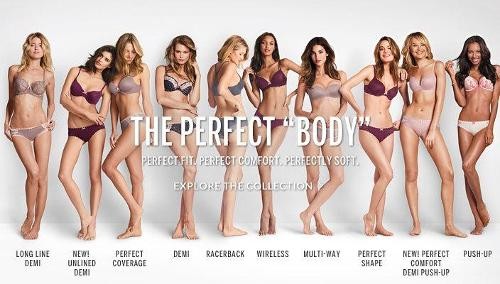In order to make decisions about the value of any research study for practice, it is important to understand the general processes involved in analyzing research data. By now, you have examined enough research studies to be aware that there are some common ways that data are reported and summarized in research studies. For example, the sample is often described by numbers of participants and by certain characteristics of those participants that help us determine how representative the sample is of a population. The information about the sample is commonly reported in tables and graphs, making use of frequency distributions, measures of central tendency, and dispersion. Information about the variables (or concepts) of interest when quantified are also reported in similar manner.
Although the actual data analysis takes place after data have been collected, from the initial planning of a research study, the researcher needs to have an awareness of the types of questions that can be answered by particular data analysis techniques.
For this Discussion, review the case study entitled “Social Work Research: Measuring Group Success.” Consider the data analysis described in that case. Recall the information presented in the earlier chapters of your text about formulating research questions to inform a hypotheses or open-ended exploration of an issue.
Post an explanation of the types of descriptive and/or inferential statistics you might use to analyze the data gathered in the case study. Also, explain how the statistics you identify can guide you in evaluating the applicability of the study’s findings for your own practice as a social worker. Please use the resources to support your answer.


